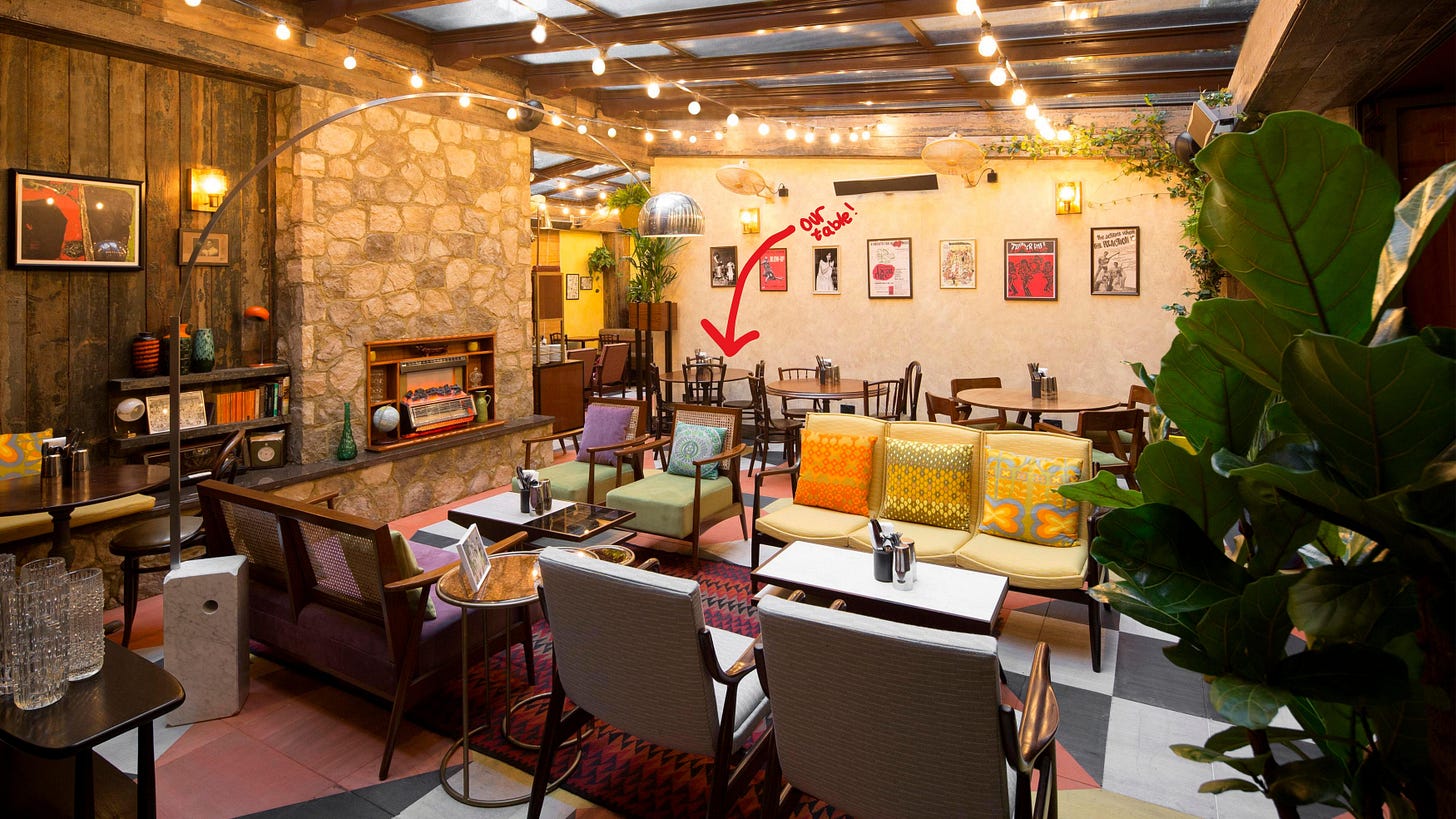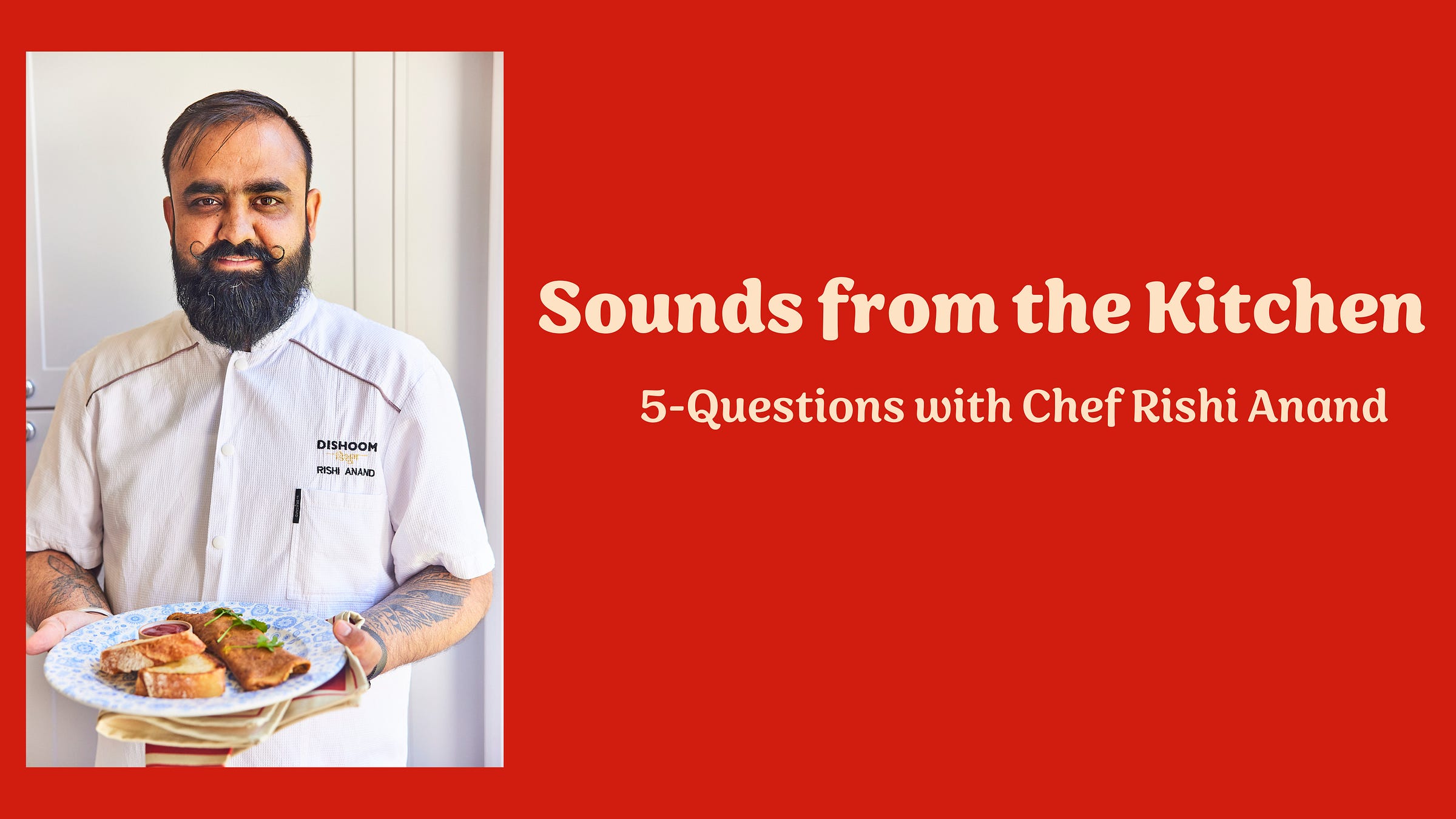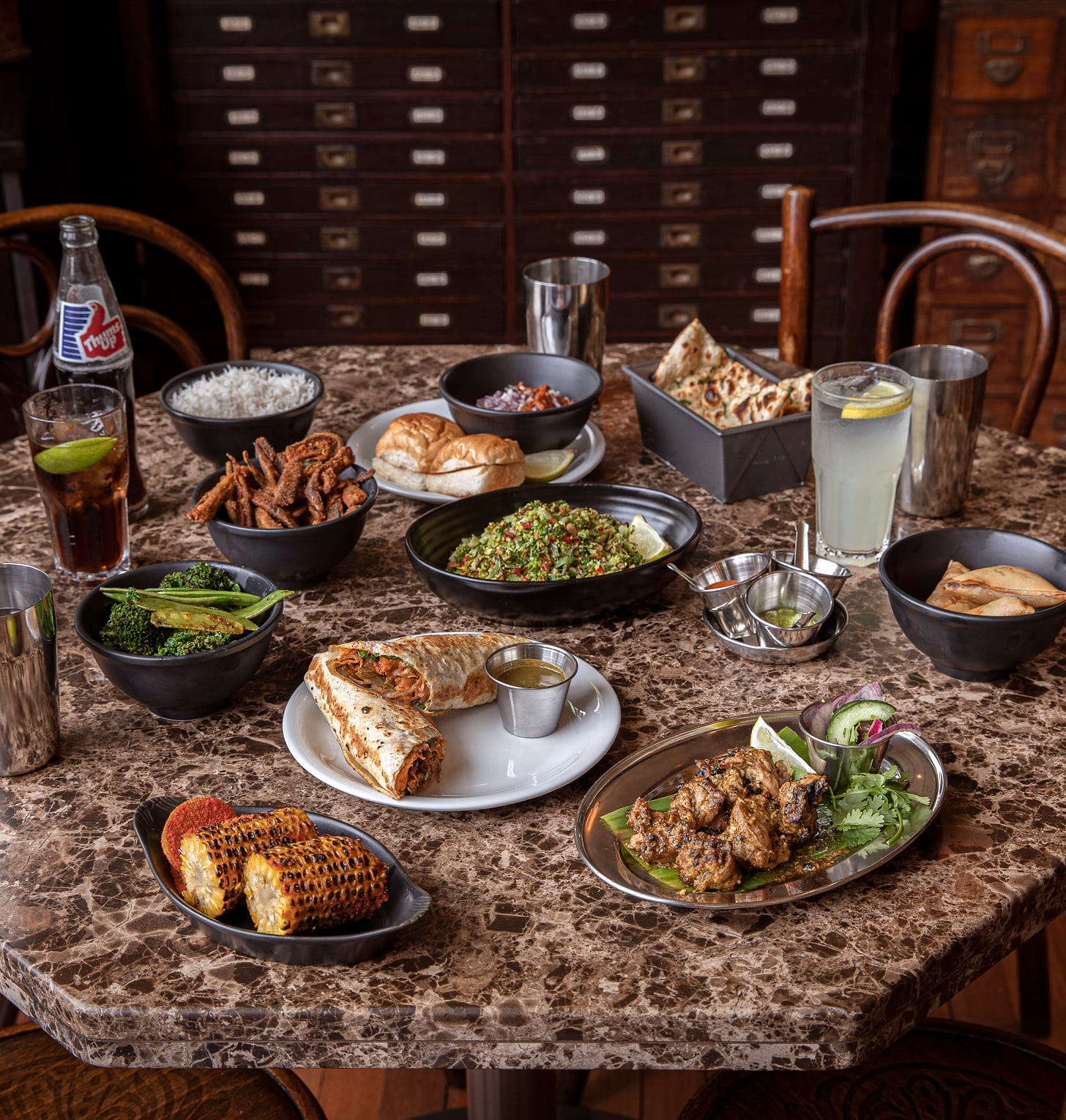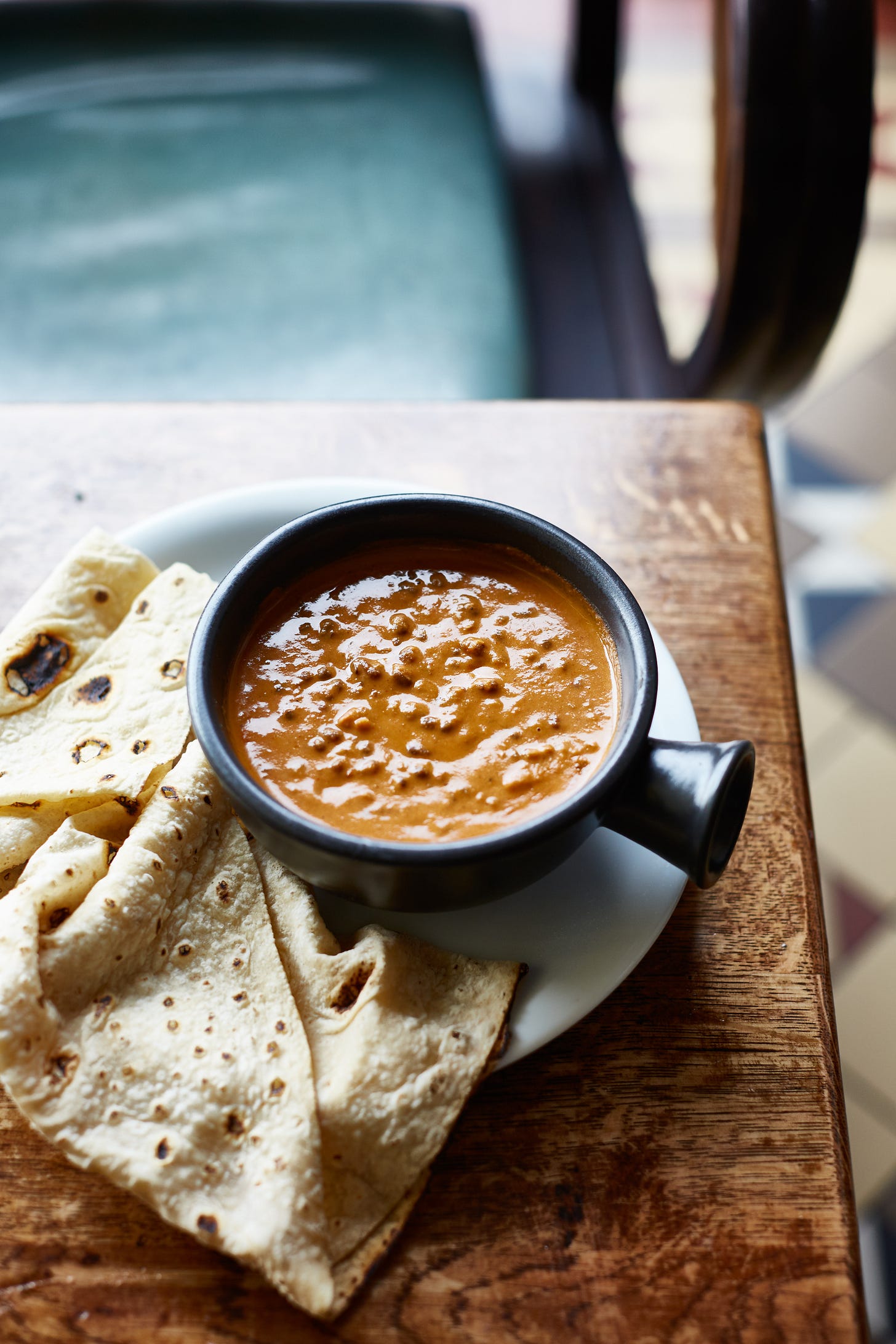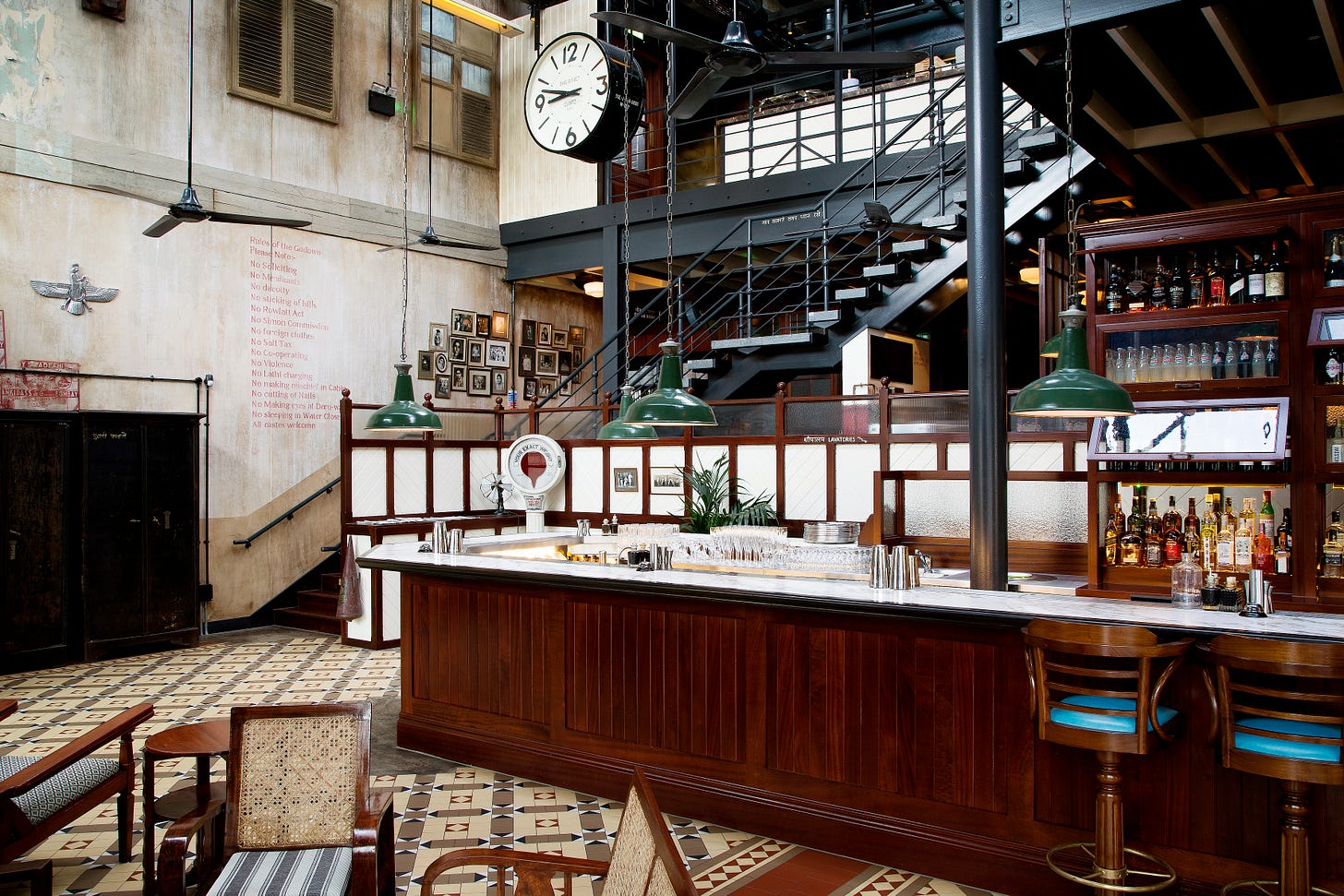Hello!
Having written for a Turkish newsletter over the last two years, I have my introduction down. But this? In English? It feels weird. Hiya? No. What’s cooking? Extremely cheesy. So I decided to employ the same tactics for when you don’t know the other person’s name; I’d just walk up to them and start talking.
I first started to piece together this newsletter in my head while walking down Oxford Circus, in London. My initial impression of this area was that it was weird and crowded. It reminded me of Times Square in a way — not visually, but the same feelings of chaos and regret were palpable. As I sped past people window-shopping (and actually shopping), dodging children in buggies and bags full of clothing that cost more than my rent, I reminisced on the many times I came to Oxford Circus with my mother. Not just coming here, but loving it. The destination was clear. Hamleys. I’m not one for stereotypes but floors stacked with toys and candy is every child’s dream. But when I walked past it this time, something felt different. Not because I was no longer 6, but 24, but rather because the familiar nuances of my childhood were nowhere to be found. What was considered popular did not interest me. I wanted my old-school (lol) childhood contained and protected within the red-painted walls of this magical toy store. I did not want any of this robot-drone-flying, TikTok-dancing, low-quality Barbie crap. I wanted the old stuff and the cool stuff. Now it all seems too fake, too plastic. But perhaps that's the caveat of growing up. You begin to see things for what they really are. Wow. ok. We did an incy-wincy-spiral there, didn’t we? Anyway, onwards. Hamleys might have lost its charm for me, but you know what has not? Carnaby.
So let’s begin, shall we?
I’m speed walking down Carnaby to meet up with my old friend from university, Isabel. She is visiting London for a couple of days and our schedules aligned the last night of her stay. And where are we going you might ask; Dishoom! A London establishment that attracts tourists and locals alike, this restaurant is the first of many that I am happy to be starting Between Bites with. I mean, it’s just one of the places you must go to in London. But also, to get this out of the way and NOT bury the lede like last time, it's good food. Great, actually.
Obviously, me saying it is good food does not really mean anything. I am Turkish and while I have a small idea of Irani café culture and food in Bombay, my role here is not to talk about the authenticity (which is an incorrectly overused word most of the time) of the food anyway. As a diner at a restaurant, I liked the food, I liked the atmosphere and I’ve returned many times afterwards. That’s all I can give you and I hope that is all you want anyway.
Okay, so with a fork and knife in hand, I am starting this month’s Between Bites!
Enjoy,
Yasmin
Monthly Menu
Where Are We Going?: Dishoom, Carnaby
Eavesdropping: Soy Milk was overthrown. All Hail Oat?
Sounds from the Kitchen: 5-Questions with Chef Rishi Anand
The Rundown: Thoughts, reviews and recommendations
Our first-ever guest on Between Bites is Dishoom. I am actually very excited not only because I absolutely love this place but also because I like their approach to hospitality — at least to the extent I can understand it.
I actually began writing this newsletter while all of us in London were still bundling up, wearing layers upon layers, our skins crusty from the wet cold that Londoners are familiar with. I don’t remember what month it was exactly, so I’m using the weather as our guide. Currently, it is July. I have been to Dishoom more than I’ve been to any other restaurant in London— minus The Nook (but I worked there, so it simply does not count).
Why?
It can accommodate all. I have taken my mother here who still raves about their punchy modern café staple, the garlic-ginger-soy Chilli Chicken. My lovely friends from New York, Lianna and Vinnie, still talk about the meal we had there celebrating their birthdays with not only the two Dishoom Chocolate Puddings they gifted us but also the amazing calendars they kindly bestowed to all three of us. I had one of my best date nights with my boyfriend when he visited me in London, talking for hours at a cozy corner table, holding our delicious cocktails in one hand, and each other with the other. I ordered their lunch special curries to my flat (which was shamefully only a mere 8-minute walk from their King’s Cross location) while I was writing my dissertation. Basically, Dishoom is like the boyfriend you can take back home for the holidays; he will get along with your family, he will be the favourite with your friends and you will have a good time.
And for a place that is the onomatopoeic representation of the sound of a blow, so “the ‘KAPOW’ sound of Bollywood” as my friend Zeashan put it, its flavours sure do pack a punch. (THIS IS a funny joke, please giggle).
More on Dishoom at the end of the newsletter. For now, let's see what we talked about between bites.
Traditionalism in a world of Oat
Is soy milk making a comeback? Why did we abandon it in the first place?
**
I’m sitting across from my sweet friend Isabel at one of the corner tables in this gigantic restaurant that somehow feels like an Architectural Digest dream, under a slanted large skylight, and next to a purple lava lamp (which we agree will make a comeback), with months of catching up to do. You see, Isabel is in London for three days. I catch her on her last day before she heads to Greece and then back to New York. It's great to see her but it makes me miss the city. Yes, I just called New York ‘the city.’ I'm obnoxious like that.
As if we saw each other yesterday, we talk about cereal. I mean of course. We agree that people who pour the milk before pouring the cereal in are not our kind of weird — sorry to make exclusionary remarks so early on. Unless they are having cereal for the milk and using cereal, simply, as a topping. In that case, I see you and I understand. I think.
This whole conversation begins because Isabel asks me how I make my tea. A very sensible question to ask someone who has just moved to London. The city is known for its tea and rain. However, I must say Istanbul beats London in both rainfall and tea consumption, so I am unsure why they get all the fame for it. I blame imperialism and Eurocentrism like all liberal university graduates do and move on. So how do I take my tea? I recently purchased Yorkshire tea, so a bag of that with perhaps some honey. Boiled water over it ( NOT MILK first). Let the tea bag, honey, and boiled water get to know each other very well, jacuzzi-like (so like brew for 2-3 minutes) and then a splash of milk. I am reminded of Dodie’s video on how she takes her tea.
Milk goes in last. Milk goes in last. The earth is round and milk goes in last.
You know what else we realized has been coming last? Soy milk. Whatever happened to it? Surely, it was not a total fall from grace. I mean come on, pistachio milk? No. But it is interesting how trends come and go. Especially when you look at it through the lens of food consumption. I remember the first time soy milk came to our grocery stores in Istanbul. I would sometimes be able to get the vanilla version as a little treat. Then, I remember a gap before KAPOW oat milk was what everyone talked about. According to data released by the Plant Based Foods Association in 2021, almond milk took over 59 percent of the market. Soy milk got dethroned as the second favourite non-dairy milk by the oats and oat milk has grown “more than 44 times in the past three years.” So, in summary, oat is getting big.
Head of Brand and Marketing for Minor Figures US, Francesca "Frankie" Salac, mentioned that many factors gave rise to the popularity of oat milk. “Consumers' sustainability concerns mixed with a growing interest in plant-based diets have been key influences in its growth,” Salac added.
Salac believes that the growth of oat milk will continue globally. “It is important to note that the future of dairy alternative milk is also being influenced by broader trends in the food industry and advancements in plant-based alternatives like animal-free dairy milk through brands like Not Milk and Bored Cow.” Sustainability might be at the heart of the non-dairy movement (for example, Minor Figures was the first plant-based M*lk company to go carbon neutral in 2018) but so is taste.
Minor Figures was founded in 2014 by three friends that loved speciality coffee. Their first product was a cold brew black coffee and as the business grew they wanted to find the perfect non-dairy milk companion. Salac adds that the taste of oat milk also added to its appeal. “More specific to the taste and application of oat milk, it tends to have a more creamy texture and mild, slightly sweet taste, compared to other non-dairy alternatives. Its flavor is often considered neutral, making it a versatile choice for various applications, such as in coffee, cereal, smoothies, or baking,” she said.
I mean it makes sense, doesn’t it? Taste and the changing views on how societies and those who reside in them should function are how things become popular. This is the same not only for oat milk but also for iPhones and low-rise jeans. Though some are more appealing than others. The world as we know it is a-sort-of Philippe Petit, walking between two towers of trend and tradition, hoping to strike the perfect balance. What that is, I simply cannot tell. All I know is that there is a place for both. Just like the lava lamps living inside Dishoom’s Carnaby location. And just like Dishoom, itself, combining traditional café culture with the modern sprinkles of 21st-century dining.
Chef Rishi Anand is the Head of Research and Development at Dishoom. He grew up in Delhi, India to a “foodie family.” He has been in the industry for almost 18 years and has just celebrated his 10-year anniversary with Dishoom. His role involves “developing, creating, and improving” the food at Dishoom. Okay! 5-questions, here we go!
1. As head of R&D, what do you do? What is important to you in this role?
I eat a lot! Both in and outside of Dishoom. Which is the best part of the job, right? Jokes aside, it really does involve a lot of eating, and thinking too. It is so important to keep up with the trends and try new things.
Whenever we create or develop anything, it's really important that we can deliver it just as we imagine it to be. Developing something and implementing it are two very different things, and if something isn't implemented properly, the R&D work just hasn't been completed as it should have been. Delivery and maintenance of product quality are super important to me.
2. What do you think the aim and purpose of Dishoom is?
Everything Dishoom does shares our love for Bombay — its food, its history, its culture — whilst paying respects to the city's Irani cafés. We also work really hard on 'breaking down barriers', like the old Irani cafés did. For every meal served, we donate a school meal to a child who would otherwise go hungry. We call this 'A meal for a meal'. We work with two fantastic charities – the Akshaya Patra Foundation in India and Magic Breakfast in the UK – who provide nourishing meals to children in schools. So far, Dishoom has donated over 14 million meals (... and counting!)
3. With the menu, did you want to highlight the historical and cultural identities?
Dishoom pays homage to the Irani cafés of Bombay. The food we serve at Dishoom reflects the melting pot of Bombay as a whole, however, and not only Parsi cuisine. From Bombay breakfasts to street food staples; hearty dishes of biryani to the curries of Mohammed Ali Road, and the famous grills of Colaba, the Dishoom menu brings together the food of all Bombay. Parsi dishes such as our Sally Boti and Prawn Patia are served as Chef's Specials. As we say, Dishoom is 'From Bombay With Love'.
4. What is your current favourite dish at Dishoom?
House black daal and Mutton pepper fry.
5. What is one tip you have for diners who visit the Dishoom restaurants?
Just enjoy yourself, and remember, you are always amongst friends when you are at Dishoom.
Irani cafés were originally established by Zoroastrian Irani immigrants who fled to India in the 19th century to escape persecution or find better living standards. Seen as the ‘melting pot’ or the ‘meeting spot’ for people from a variety of different walks of life, these cafes were there for breakfast, lunch and dinner. For a cup of chai or a whole meal. My dear friend Siyona adds: “They still exist in Mumbai and are a hub for people at any time of the day.”
Okay, phew! We made it to the rundown. So here are some reviews and recommendations regarding Dishoom.
Dishoom lines can get long. They accommodate you very well; give you chai if you are outside, and seat you at the bar if your table is not ready yet. It is not a miserable waiting experience by any means, however, if you are like me, they take reservations until 5.45 pm, so just have a lovely early dinner or late lunch.
Dishoom restaurants are big and often loud. You get your cozy corners but you also are reminded that you are dining at a ‘big-boy, franchise-y’ restaurant. That being said, they made sure it still feels very homey.
I love the King’s Cross location the most. I have to be honest, I haven’t gone to all locations. What can I say, I am a creature of habit. If you do end up going to the King’s Cross location, the ground floor is the best.
The food portions are actual sharing portions.
They are hospitality icons.
Dinner is better than brunch.
The black daal is amazing.
Jackfruit biryani was delicious. Douse it with the sauces they bring to your table. Chilli and tamarind work wonders.
My favourites there:
The chilli chicken is a great start, it's acidic and warm.
The potato inside the vegetable samosas literally melts in your mouth.
Both biryanis are stars.
The black daal is sososo yummy.
They have such an extensive drink menu. The passion fruit sharbat is my favourite. My favourite cocktail is the Bollybellini with cardamom syrup and lychees.
🫒 Thank you for tuning in! See you all next week. 🫒







